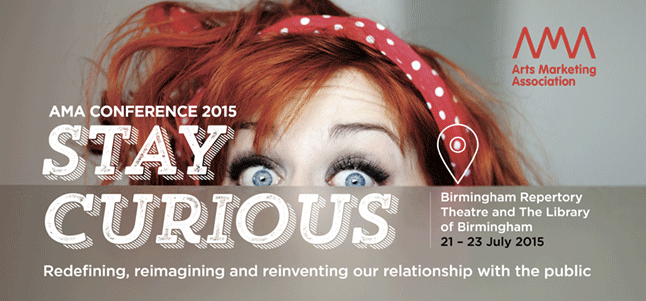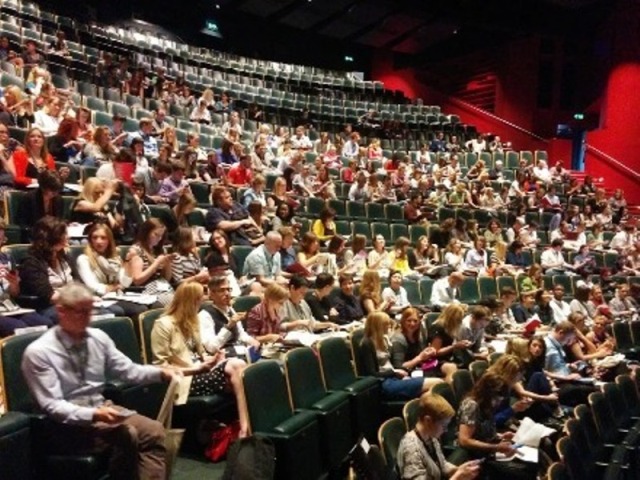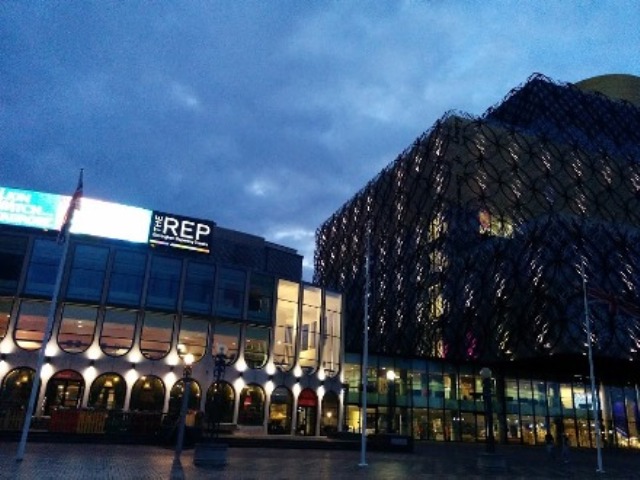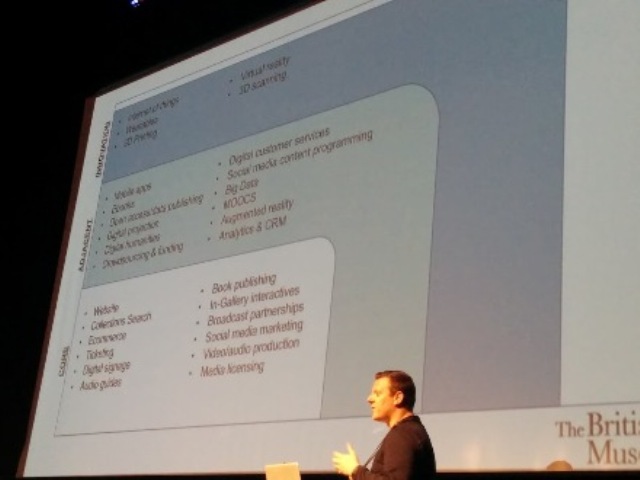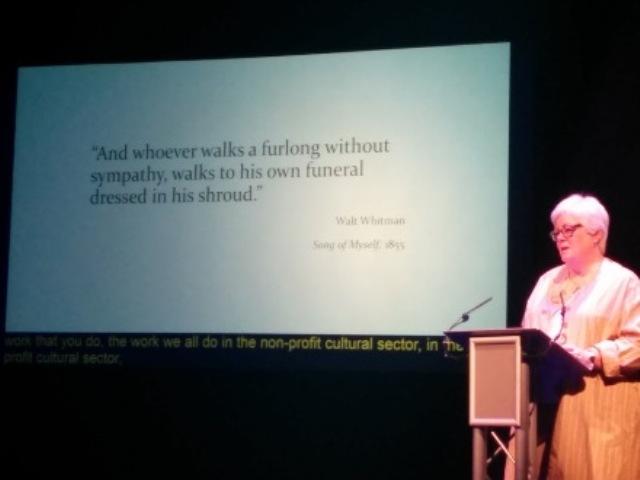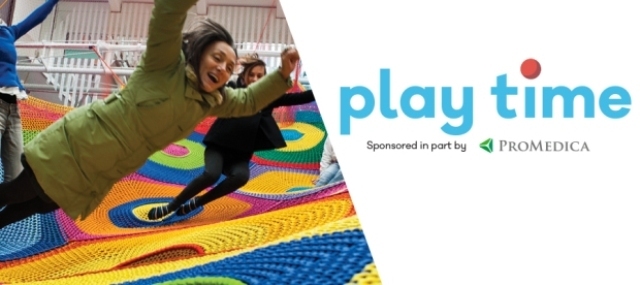Pepe Zapata
Audiences and Culture. Even though the event was not specifically about museums, there were keynotes such as the one by the British Museum. Furthermore, many of the principles and experiences presented highly apply to the museums’ sphere. Thank you very much, Pepe, for this good synthesis and for having highlighted many good cases of museums.
This is the chronicle about the three inspiring days at the Arts Marketing Conference (AMA) 2015 held in Birmingham. The focus: how to optimise the relation with the audiences of culture, and with a very explicit claim: Stay curious. This is a clear declaration of intentions about what the attitude should be of the marketing and communication professionals in the sector of the arts and culture.
This was my second experience in the AMA Conference after the 2014 edition in Bristol, just as enriching, a fact that has allowed me to confirm some initial impressions:
- Nobody here is in doubt about the need for an analytical and marketing vision of the cultural management and, specifically, the management of the public or audiences. This is not an obstacle (in fact, quite the opposite) for working on cultural and artistic projects with a high social component, shared, jointly created and boosted by the citizenship. The methodology, the technology, the means and resources, the rigor and the professionalism, all at the service of our sector.
- The melting pot of the various subsectors and profiles of the culture is something that was highly enriching. 650 professionals from museums, art galleries, theatres, opera, dance, facilities for performing arts and musicals, libraries, cultural and multi-disciplinary centres, festivals, etc.; artists, orchestras, theatre and dance companies, agencies and consultants, providers of services, etc. Public, private and consortiums, all together sharing knowledge and experiences, without compartments: transversality as an added value.
- And one derived from the previous point: the importance of networking. For sure the beers and Beaujolais, accompanied by canapés and little blackberry tarts, helped, but both the conference programme as well as the venue (the marvelous and spectacular Library of Birmingham and The Rep, Birmingham Repertory Theatre, integrated in a unique space right in the heart of the city), with the trade fair for suppliers and providers, the encounters afterwards, etc., and the help of a simple and practical app, were also carefully thought up and designed for providing contacts, and leading by example, for extending the user experience (in this case of the participants of the congress) before, during and after the event itself.
I don’t know if the same thing happens to you when you travel abroad, but in my case I get caught up with the compulsive need to be nosey, to continue with the slogan, and to contrast professional realities, close in context to ours, but far away in terms of context. To put it another way, I want to know what it is that concerns my British colleagues most in their day-to-day work and to compare this with the headaches we suffer from. I should state, however, with no doubt whatsoever, the absolute assumption that digital makes up a fundamental and integral part of the marketing and communication strategies. And, at the same time, they passed on to me an uneasiness which has become rather extended within our environment: we share a problem of priorities.
- We are capable of innovating, but more out of necessity, than from a process incorporated into our everyday work. Why? The adaptation to constant change isn’t easy, and it is complex in settings in which the teams aren’t aligned with the vision of the organization.
- We provide an infinite number of interactions with the public, but…are we dialoguing enough? Are we prepared to transform our organisations based on the interaction with our audiences? Are we capable of changing our strategies and actions according to the users’ criteria? Do we really have the audiences in the neuralgic centre of our projects?
And a trend on the increase: the use of Periscope as a self-videostreaming tool for sharing cultural experiences, even in guided visits to museums, such as , for example the one of the British Museum.
The level of the talks was very high:
- The engagement of the audience, with a roundtable shared by Alec Coles, from the Western Australian Museum, Richard Evans, from the Beamish Museum, and Skinder Hundal, from the New Art Exchange
- The audiences of the museums as active partners, with Stephanie Burge and Laura Gutierrez, from the programme “Our Museum”
- Family public strategies, by Esme Ward from the Manchester Museum and The Whitworth Art Gallery; and with a young public, by Marcia Springer, from the mac Birmingham
- Sponsorship and fundraising, given by Anne Areing, from the Battersea Arts Centre
I will focus on two moments of the Conference which I found especially relevant, and which illustrate two key concepts in the strategy for the development of audiences: their knowledge through figures and data, and the creation of communities.
(1) Chris Michaels, the Head of Digital and Publications of the British Museum explained in detail the strategy that they follow so as to obtain an in-depth knowledge of the behaviour of the visitors throughout their experience. The difficulty from the outset can be found in terms of the infinite number of channels and means of interaction with the publics: ticketing, apps, shops (physical and virtual), audio-guides, QR codes, beacons, social networks, email and newsletters, pedagogical manuals, interactive games, etc., as well as personal attention in the ticket offices and in the rooms. Is it necessary to unify the analysis of the data which comes from different sources and unconnected between them? How can we achieve a coherent strategy?
One of the most interesting aspects of his talk was the clear vision of the importance of data as a tool for helping to understand the past (the what and why of what the different public have done), for influencing the present (optimizing the information and the decision-making in real time), and for predicting the future (with mechanisms of alert allow you to anticipate what will happen with marketing strategies and tactics). The methodology used by the British Museum with data is no more than that of providing it with a context, that are live, stable and sustainable, and to build a system of decision-making based on the information generated. Its recipe, although a priori it seems very simple, is nothing other than: a) having a clear vision; b) making it grow; c) developing it outside the big data; d) constructing business models based on this vision, e) and transforming the sector.
(2) I will finish with the beginning, that is, highlighting the key points from the opening keynote, given by Russell Willis Taylor, a highly prestigious consultant and former chairman and CEO of the National Arts Strategies of the USA. The talk highlighted the importance of empathizing with the audiences, starting by understanding them deeply by means of their needs, motivations, perceptions and attitudes, and ending up by providing them with all the value of the user experience. To paraphrase Warren Buffet, “Price is what you pay; value is what you take away”. To do so, the speaker advised applying the methodology of the map of empathy, a graphic tool developed by the consultancy XPLANE, and used to learn to look at our services through the eyes of our public.
So as to illustrate his talk, I will give as an example two relevant museum projects:
- The programme “Who are you?” of the National Portrait Gallery, promoted by the artist Grayson Perry –winner of the Turner Prize, which provoked the reflection and introspection of the visitors in interaction with the artistic work based on the portrait of their contemporaries. The project aims to illustrate the British way of life through the portraits of 14 individuals, families and social groups intercalated with works of the permanent collection of the museum in the gallery dedicated to the 19th and 20th centuries, and is complemented by a series of programmes broadcast on Channel 4.
- The exhibition “play time” from the Toledo Museum of Art (TMA) of Ohio, an invitation to the ludic relation of the visitors with the museum space, to the interaction from the perspective of games. It is, without doubt, a fresh and original look at how a museum should be and it asks whether the ludic sense of life is a questions of frivolity or of need; in any case, the video of the exhibition is an open invitation to take part.
W. Taylor’s talk was full of recommendations about the passionate attitude and the actions that, as cultural managers, we should take to create value for our audiences: ongoing learning and re-learning, models of flexible and adaptable organisation, and the creation of value for the communities beyond the cultural organisations. He left us with some gems for framing: “art and culture create sense over and above the market”, “we make an effort to build communities, beyond individual publics” and “empathy (and curiosity) will save us”.
Now you should think about beginning to book your plane tickets for Edinburgh, the venue for the next AMA Conference. The title? I haven’t a clue, but… stay curious!
Meanwhile you can take a stroll on twitter through #amaconf –the hashtag of the conference – so as to enjoy the comments of our British colleagues and to be able to reach your own conclusions.
Related links
TekneCultura blog, (in Spanish) to find out about the latest trends in audience development.
Pepe Zapata. Partner and consultant of TekneCultura

